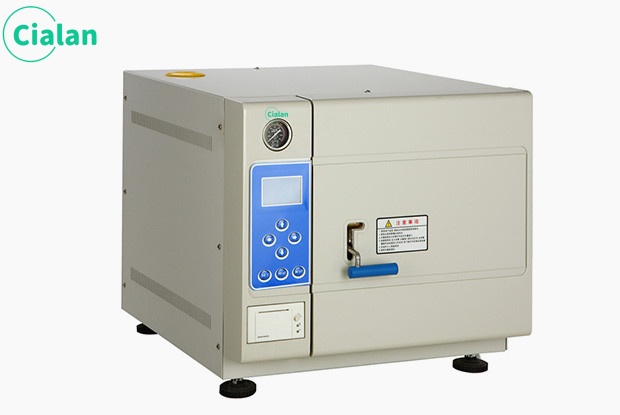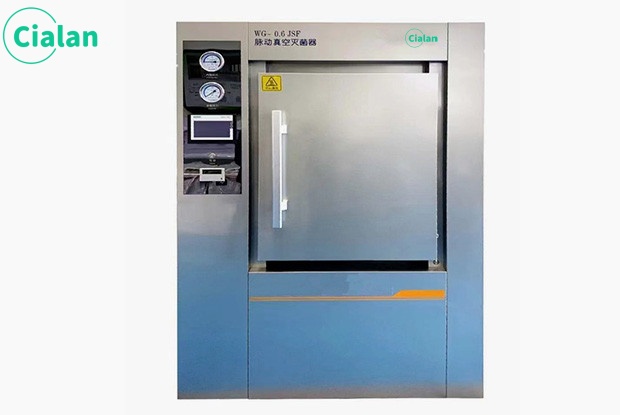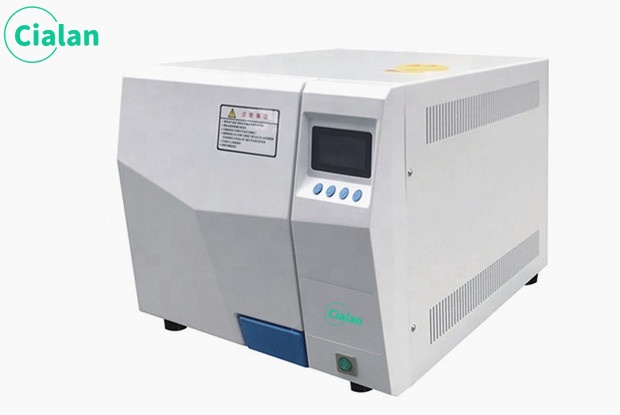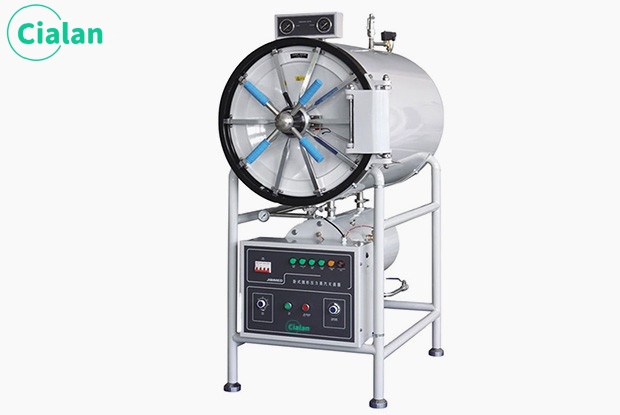How do you sterilize canned food?
Why do canned food needs to be sterilized?
1. There are a variety of canned products on the market, such as canned fruit, canned fish, canned luncheon meat, canned chicken, etc. How to ensure the hygienic food safety of canned food? How do can manufacturers ensure the commercial sterility of cans?
2. What is commercial sterility? After canned food has been moderately heat sterilized, it does not contain pathogenic microorganisms or non-pathogenic microorganisms that can multiply in it at normal temperatures. This state is called commercial sterility. Microbiological inspection of cans can not only determine whether sterilization is sufficient, but also understand the presence of live microorganisms that caused the cans, especially the presence of pathogenic bacteria.
3. The production of cans must go through vacuum sealing, sterilization and cooling, and vacuum sealing must be performed immediately after canning. Sterilize immediately after sealing. The sterilization time varies depending on the tank type. Immediately cool to below 40°C after sterilization.
The best choice for sterilizing canned food is autoclave sterilizer.
1. If you want your food to be safer and canned quality inspection to be safer, use a reliable pressure steamer for sterilization.
2. The autoclave machine switch is easy and simple, and the electronic lock can only be opened when the power is on to avoid accidental leakage of unused substances due to power outage or shutdown. The pressure steamer can clearly display the status, such as temperature, pressure, program and other relevant information during operation.
3. The pulse air purification of the pressure steam sterilizer is repeated until the pressure is higher than the corresponding temperature to produce the supersaturated steam pressure guarantee effect. The pressure steamer can adjust the steam emission according to the conditions of the substrate. The pressure steam sterilizer has a rapid cooling function that can quickly cool down to a safe temperature below 80°C. The pressure steamer quickly dries the sample through a vacuum pump and hot air filtered by a 0.2um filter membrane, making it available quickly.
4. The pressure steam sterilizer comes standard with a material temperature probe mounting hole, and an optional material temperature probe is available to facilitate verification of internal effects. The triple pulse pressure steamer and pre-vacuum equipment are equipped with a powerful vacuum pump to forcefully evacuate the air retained in the cavity, allowing the saturated steam to penetrate well into the items, thereby ensuring full and effective results.
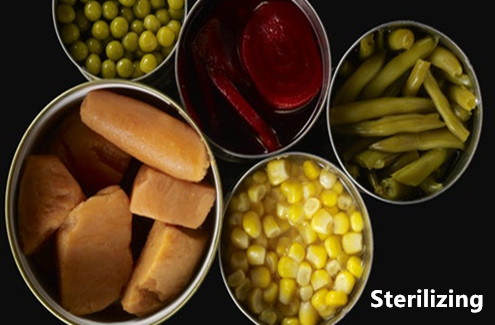
1. There are a variety of canned products on the market, such as canned fruit, canned fish, canned luncheon meat, canned chicken, etc. How to ensure the hygienic food safety of canned food? How do can manufacturers ensure the commercial sterility of cans?
2. What is commercial sterility? After canned food has been moderately heat sterilized, it does not contain pathogenic microorganisms or non-pathogenic microorganisms that can multiply in it at normal temperatures. This state is called commercial sterility. Microbiological inspection of cans can not only determine whether sterilization is sufficient, but also understand the presence of live microorganisms that caused the cans, especially the presence of pathogenic bacteria.
3. The production of cans must go through vacuum sealing, sterilization and cooling, and vacuum sealing must be performed immediately after canning. Sterilize immediately after sealing. The sterilization time varies depending on the tank type. Immediately cool to below 40°C after sterilization.
The best choice for sterilizing canned food is autoclave sterilizer.
1. If you want your food to be safer and canned quality inspection to be safer, use a reliable pressure steamer for sterilization.
2. The autoclave machine switch is easy and simple, and the electronic lock can only be opened when the power is on to avoid accidental leakage of unused substances due to power outage or shutdown. The pressure steamer can clearly display the status, such as temperature, pressure, program and other relevant information during operation.
3. The pulse air purification of the pressure steam sterilizer is repeated until the pressure is higher than the corresponding temperature to produce the supersaturated steam pressure guarantee effect. The pressure steamer can adjust the steam emission according to the conditions of the substrate. The pressure steam sterilizer has a rapid cooling function that can quickly cool down to a safe temperature below 80°C. The pressure steamer quickly dries the sample through a vacuum pump and hot air filtered by a 0.2um filter membrane, making it available quickly.
4. The pressure steam sterilizer comes standard with a material temperature probe mounting hole, and an optional material temperature probe is available to facilitate verification of internal effects. The triple pulse pressure steamer and pre-vacuum equipment are equipped with a powerful vacuum pump to forcefully evacuate the air retained in the cavity, allowing the saturated steam to penetrate well into the items, thereby ensuring full and effective results.




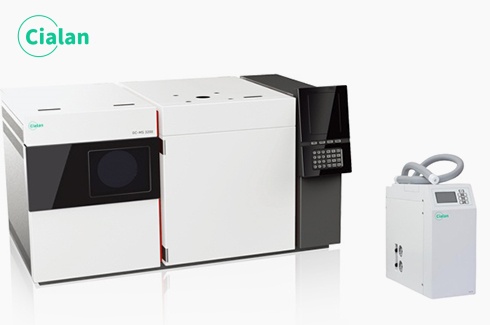
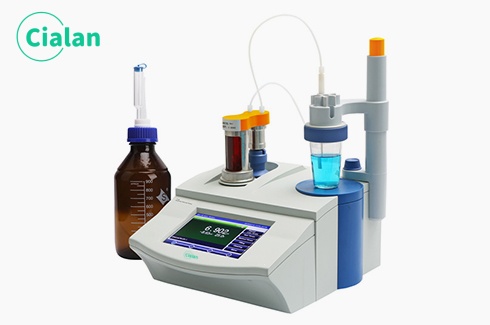
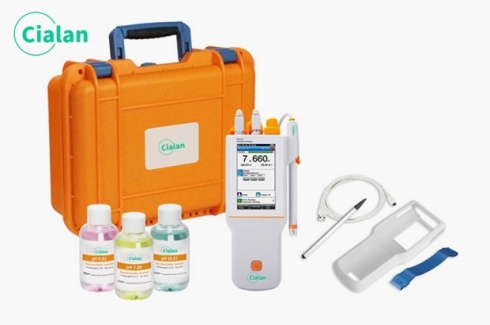
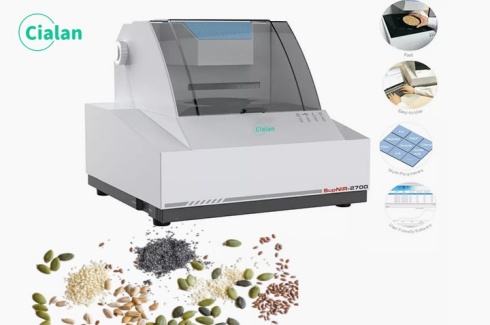

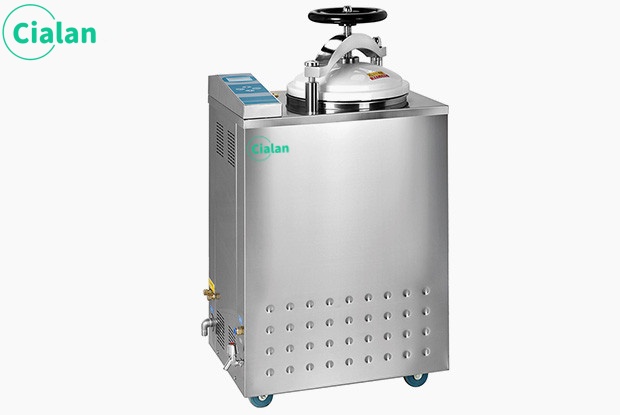
.jpg)
